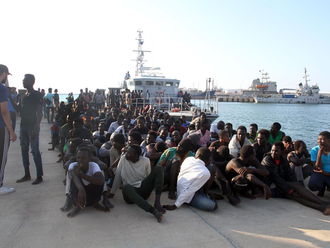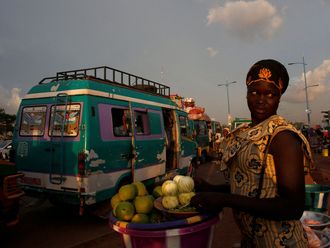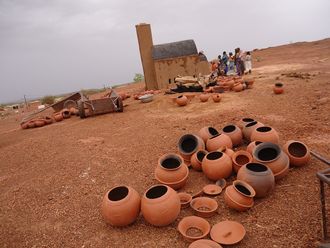Dubai: Protests have long been a part of human history. And art has always been a powerful medium to convey that, be it through the stroke of a brush, a verse, film or a book.
Today we mark the beginning of the end of apartheid or ‘apartness’ in Afrikaans 25 years ago, a system of institutionalised racial segregation and discrimination that South Africa made official in 1948.
As South African Nobel Prize winning novelist Nadine Gordimer wrote: “The creative act is not pure. History evidences it. Sociology extracts it. The writer loses Eden, writes to be read and comes to realise that he is answerable.”
Art is responsible and accountable to society, to reflect what is wrong and to make loud voices that would otherwise drown in the terror of daily existence. Each of these men and women did just that for South Africa. They waged war on apartheid, on oppression and slavery through their writing.
The March 17 referendum was purely for white South Africans, who voted a resounding ‘yes’ to F.W. de Klerk’s reforms, which resulted in apartheid being lifted. But, this was not a response that happened overnight. It was decades in the making, reflected through the works of novelists such as André Brink, who wrote in both Afrikaans and English.
In the 1960s, he was an important voice in the Afrikaans literary movement Die Sestigers, which used the ‘language of Whites’ to speak against racial segregation. One of his well known novels A Dry White Season was banned, along with the Hollywood movie of the same name, which was adapted from it. It focused on the death of a black activist in detention and police brutality.
There were several key figures, but some of those that stood out were writers such as Nobel Prize winning Nadine Gordimer, who cut through the hypocrisy of society to become a voluble critic of the apartheid regime. It definitely did not win her any favours and got three of her works banned — The Late Bourgeois World, A World of Strangers about segregated living in 1950s Johannesburg, which was banned the longest and Burger’s Daughter. You also had Alan Paton, who wrote about segregation in his Cry, The Beloved Country published in 1948 — the year apartheid become official.
Mary Benson, Richard Rive, Bessie Head and J.M. Coetzee — all faced a similar fate of suppression. In fact, some writers were imprisoned on Robben Island for their work.
Twenty five years have passed, regimes have changed, but the role of art to hold a mirror to South African society continues.












